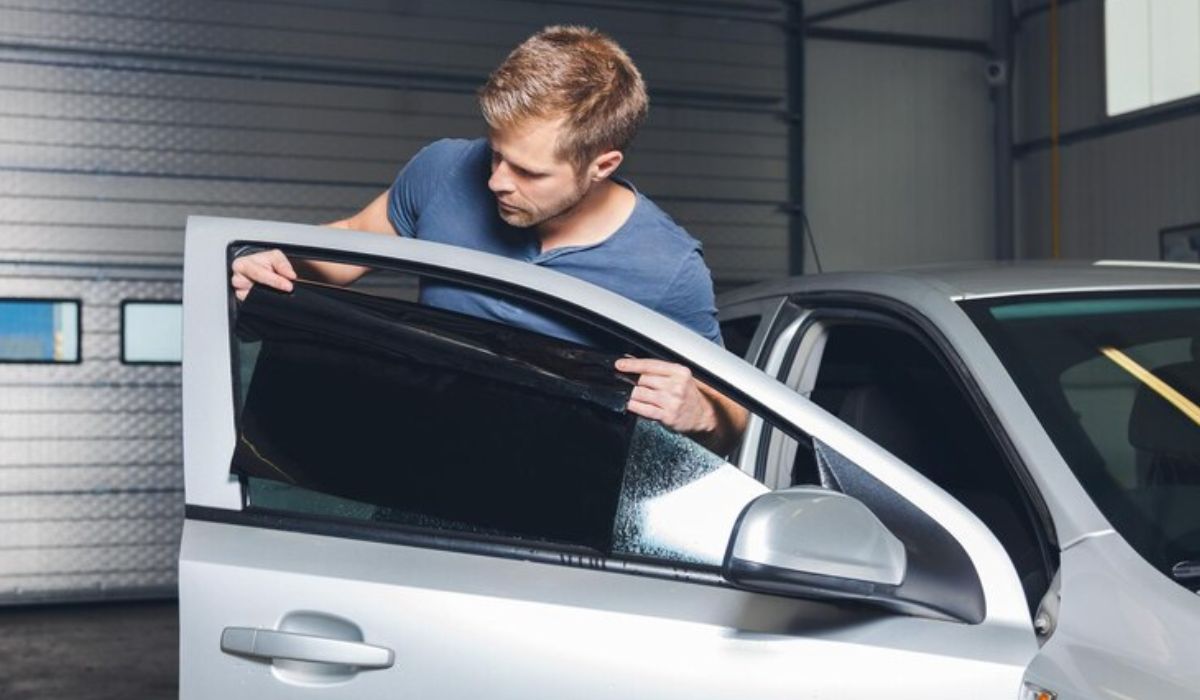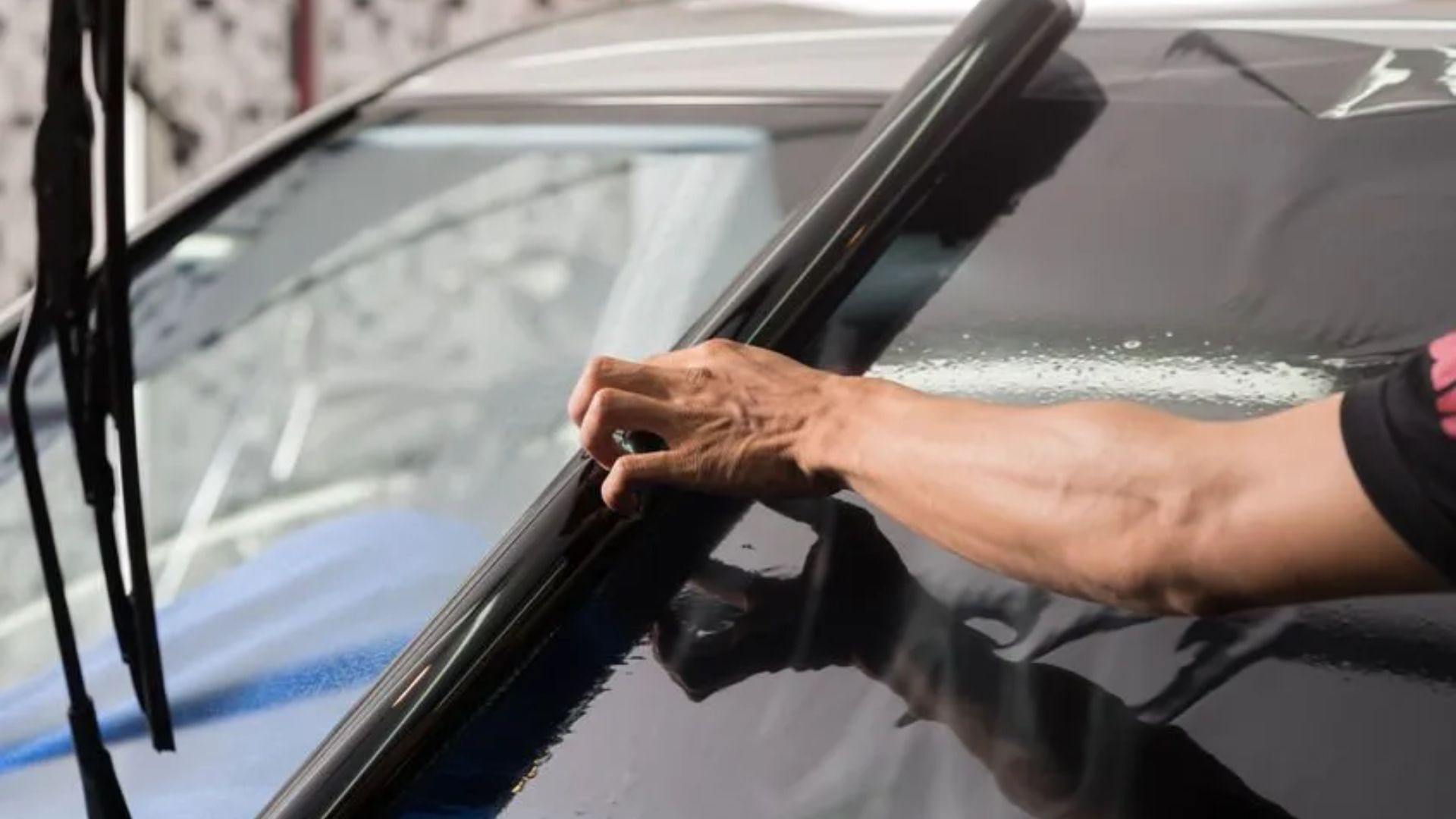Auto glass tinting is more than just a style upgrade for your car—it offers a range of practical benefits that enhance comfort, safety, and durability. Whether you want to reduce glare, protect your interior, or improve privacy, tinted windows provide multiple advantages. Here are the top 10 benefits of auto glass tinting for your vehicle.

1. Protects Against Harmful UV Rays
One of the biggest advantages of auto glass tinting is UV protection. High-quality window tints block up to 99% of harmful UV rays, reducing the risk of skin damage and preventing your car’s interior from fading over time.
2. Reduces Heat Inside the Car
During summer, parked cars can become unbearably hot. Tinted windows help block infrared heat, keeping the cabin cooler and reducing the need for excessive air conditioning, which in turn saves fuel.
3. Enhances Privacy and Security
Auto glass tinting increases privacy, making it difficult for outsiders to see inside your vehicle. This added security discourages theft and protects your valuables from prying eyes.
4. Minimizes Glare for a Safer Drive
Bright sunlight and headlight glare from other vehicles can be distracting and dangerous. Tinted windows help reduce glare, improving visibility and making driving safer in bright conditions.
5. Prevents Interior Fading and Cracking
Continuous exposure to sunlight can cause your car’s seats, dashboard, and upholstery to fade, crack, or deteriorate. Window tints act as a protective barrier, extending the life of your car’s interior.
6. Strengthens Windows Against Shattering
In the event of an accident or impact, auto glass tinting helps hold shattered glass together. This reduces the risk of injuries caused by flying glass fragments and provides an extra layer of safety.
7. Enhances Aesthetic Appeal
A sleek, tinted look can give your car a more stylish and sophisticated appearance. With various tint shades available, you can customize your car’s look to match your personal style.
8. Improves Fuel Efficiency
By reducing heat inside the car, tinted windows lessen the need for air conditioning, which helps conserve fuel. Over time, this can improve your car’s fuel efficiency and lower operational costs.
9. Adds Comfort for Passengers
Tinted windows make long drives more comfortable by reducing heat buildup and glare. Passengers can enjoy a cooler, more relaxed ride without the harsh effects of direct sunlight.
10. Increases Resale Value
Well-maintained tinted windows can enhance the resale value of your vehicle. Since they protect the interior and improve comfort, potential buyers may find your car more appealing.

Conclusion
If you’re looking for premium auto glass tinting solutions, check out Windmaster Autocare LLC, the ultimate eCommerce platform for high-quality automotive products. With a range of tints and accessories, they provide everything you need to upgrade your vehicle’s windows for maximum comfort, safety, and style.








